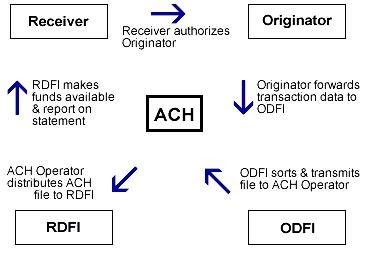Bank routing number is also known as ABA (American Bank Association) routing number. The ABA routing number is also used by Federal Reserve Bank to process transfer fund by means of Wire Transfer and Automated Clearing House for direct deposit, bill payment, etc.
Basically the bank routing number appears in 2 forms in a standard checks i.e. the fraction form and the MICR (magnetic ink character recognition) form. MICR form is printed in magnetic ink which is machine readable, it appears in the upper right part of the check and fraction form is manually readable consist of nine digits number.
A routing number can be used to look up details about the particular banks location and their Federal Reserve sources. Below are few information a routing number provides:
- The first 2 digits included in the routing number is the location of the bank.
- The third, fourth and fifth digits include the actual bank from which the checks are issued.
- The next three digits are the symbol of the 12 Federal Reserve Banks is associated with your local bank.
- The ninth digit in the routing transit number is the check digit. The check digit provides a test for transposition errors and check authenticity.
- The symbol to the right side of a routing number is the MICR E-13B transit character.




